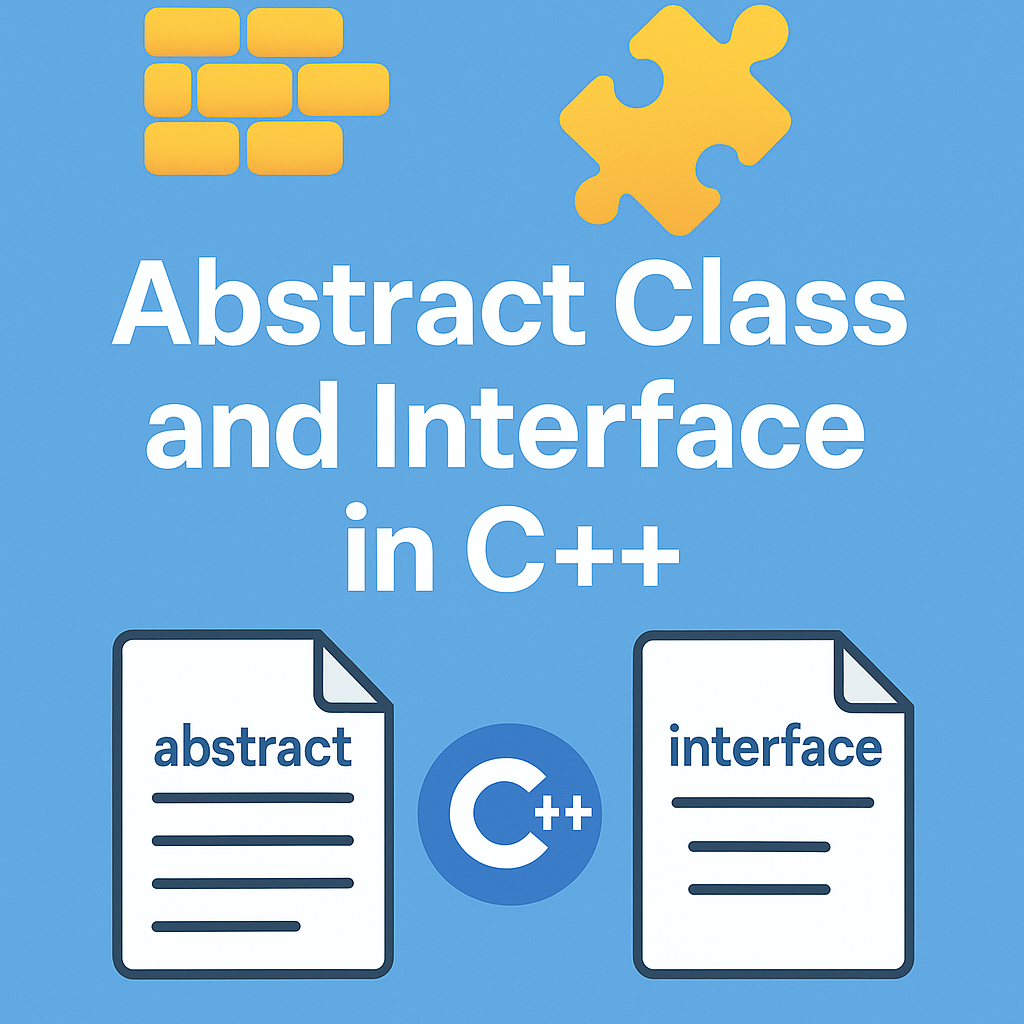Multithreading sounds amazing — running parts of your program at the same time can make software faster and more responsive. But it’s not magic. Like any powerful tool, multithreading comes with limitations and challenges that every developer should understand.
In this guide, let’s explore the key limitations of multithreading in simple, everyday language.
Multithreading Is Not a Silver Bullet
When people hear “multithreading,” they often imagine their programs instantly running twice as fast. While multithreading can improve performance, there are many situations where it may cause more problems than it solves.
1. 🪤 Race Conditions
What is it?
A race condition happens when two or more threads try to access and change the same data at the same time. Imagine two people writing on the same piece of paper — their writing might overlap and become unreadable!
Example:
- Thread A reads a value.
- Thread B changes it before A finishes.
- Thread A writes back the old value — overwriting B’s change!
Why it’s bad?
- Causes unpredictable bugs.
- Makes programs unreliable.
How to fix it?
- Use locks, mutexes, or other synchronization tools.
2. 🔒 Deadlocks
What is it?
A deadlock occurs when two threads each hold a resource the other needs and refuse to let go — like two people refusing to step aside in a narrow hallway.
Example:
- Thread A has Lock 1 and waits for Lock 2.
- Thread B has Lock 2 and waits for Lock 1.
- Both wait forever!
Why it’s bad?
- Your program freezes and stops making progress.
How to fix it?
- Carefully order lock acquisition.
- Use timeout mechanisms.
3. 🏃 Context Switching Overhead
What is it?
The CPU can run only one thread at a time per core. So it keeps switching between threads very quickly — called context switching. But each switch costs time.
Why it’s bad?
- Too many threads = slower performance due to excessive switching.
- Small tasks might run slower multithreaded than single-threaded.
4. 🎯 Difficulty in Debugging
What is it?
Bugs in multithreaded code are often random and hard to reproduce. Sometimes your program works fine… then suddenly crashes!
Why it’s bad?
- Bugs like race conditions and deadlocks might appear only once in a while.
- Makes it harder to test and debug.
How to handle it?
- Use logging.
- Write thread-safe code.
- Use debugging tools designed for multithreading.
5. 🧠 Increased Complexity
What is it?
Writing multithreaded code is more complicated than writing single-threaded code.
Why it’s bad?
- More chances to make mistakes.
- Takes more time to design and test.
- Harder to read and maintain.
6. ⚠️ Not Always Faster
What is it?
Multithreading doesn’t guarantee speedup. Sometimes it’s slower due to:
- Overhead of creating threads.
- Locking and waiting for resources.
- Limited CPU cores.
Example:
- Running two threads on a single-core processor might be slower than running one thread.
7. 🚫 Limited Resources
What is it?
There’s a limit to how many threads you can create. Each thread uses memory (for its stack) and system resources.
Why it’s bad?
- Too many threads → system crashes or becomes unstable.
✅ Key Takeaway
Multithreading can speed up programs and make them more responsive — but only if used carefully.
- Always protect shared data.
- Avoid deadlocks.
- Don’t create more threads than you need.
- Test thoroughly!
💡 Simple Tip:
Start small. Learn multithreading basics first, then gradually add more complexity. Don’t rush into using too many threads unless your problem truly needs it.
Multithreading is a powerful tool that can make your programs faster, more efficient, and more responsive. But it’s important to remember that it’s not a magic solution for every problem.
While running tasks in parallel sounds great, multithreading also brings challenges like race conditions, deadlocks, debugging difficulties, and increased complexity. Sometimes, trying to use multiple threads can actually slow down your program instead of speeding it up.
The key takeaway is this:
Use multithreading only when it’s truly needed, and always design your code carefully to avoid the common pitfalls.
Start with simple projects, learn about synchronization tools like locks and mutexes, and gradually build your skills. With practice and careful planning, you’ll be able to use multithreading safely and effectively.
Remember: Multithreading can make your code powerful — but only if you handle it with care!
Mr. Raj Kumar is a highly experienced Technical Content Engineer with 7 years of dedicated expertise in the intricate field of embedded systems. At Embedded Prep, Raj is at the forefront of creating and curating high-quality technical content designed to educate and empower aspiring and seasoned professionals in the embedded domain.
Throughout his career, Raj has honed a unique skill set that bridges the gap between deep technical understanding and effective communication. His work encompasses a wide range of educational materials, including in-depth tutorials, practical guides, course modules, and insightful articles focused on embedded hardware and software solutions. He possesses a strong grasp of embedded architectures, microcontrollers, real-time operating systems (RTOS), firmware development, and various communication protocols relevant to the embedded industry.
Raj is adept at collaborating closely with subject matter experts, engineers, and instructional designers to ensure the accuracy, completeness, and pedagogical effectiveness of the content. His meticulous attention to detail and commitment to clarity are instrumental in transforming complex embedded concepts into easily digestible and engaging learning experiences. At Embedded Prep, he plays a crucial role in building a robust knowledge base that helps learners master the complexities of embedded technologies.



Leave a Reply